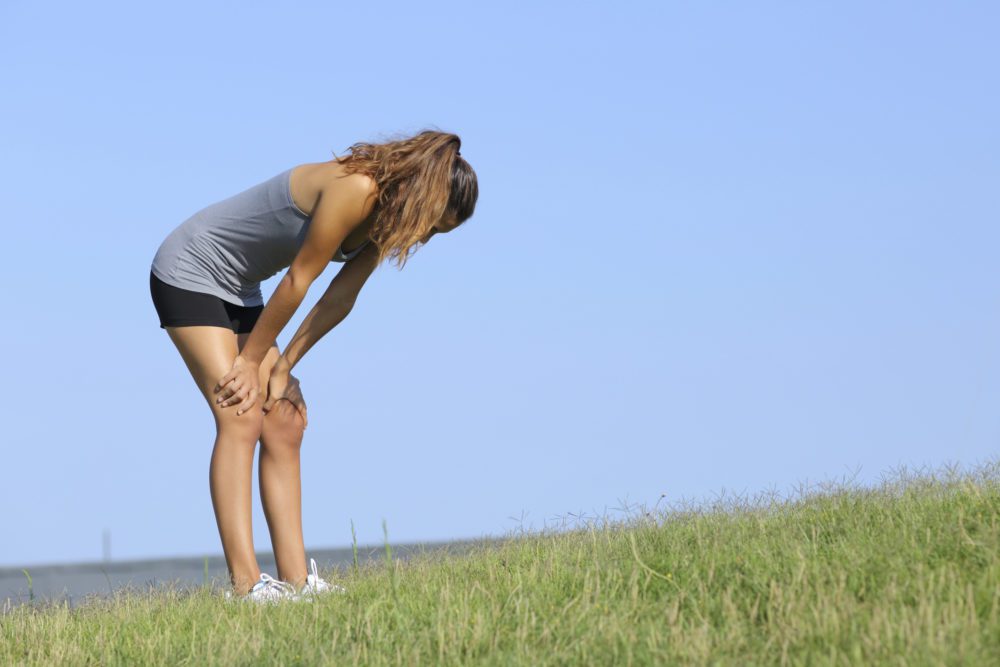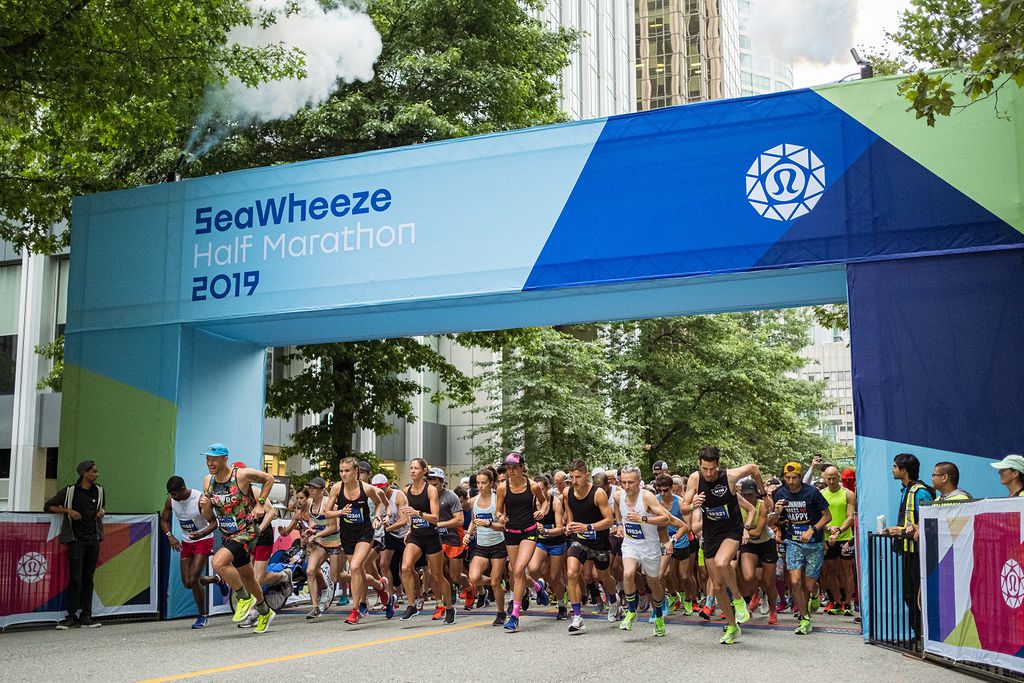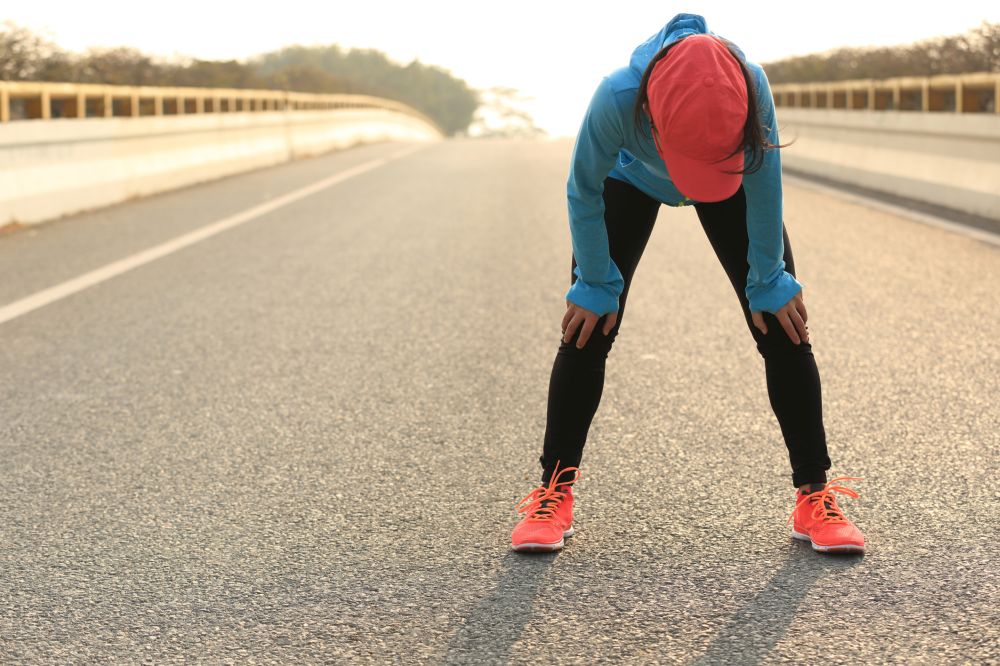The new guide for increasing your mileage
How quickly you can safely increase mileage?

There’s been a changing of the guard when it comes to injury-prevention metrics. The 10 per cent rule was once the predictor coaches used to assign programs and recommend the rate at which runners should increase their miles run. However, there’s a new acronym in town. Introducing: ACWR (acute-to-chronic workload ratio), the new way to (successfully) up your mileage. As the weather gets nicer, many runners will be looking to up their mileage and get outside. While there are many factors that can have a bearing on likelihood of injury, mileage is certainly one of them–especially when mileage increases too quickly. Here’s how to up your mileage as safely as possible.

RELATED: 5 tips for returning from injury
The 10 per cent rule
The 10 per cent rule was once known as the gold standard for increasing mileage and limiting the prevalence of injury. The basic principle was that a person’s training load shouldn’t increase by more than 10 per cent each week. So if someone was running 50K one week, the next week should be no more than 55K.
However, a recent paper out of the British Medical Journal, debunks the 10 per cent rule and suggests that novice runners can handle as much as a 20 to 25 per cent increase from one week to the next. Researchers also pointed out that the athlete really needs to be considered individually. For example, a runner who’s accustomed to high mileage can increase much faster than a new runner. Researchers suggested that, especially when it comes to well-trained runners, the 10 per cent rule is, at best, a guideline and not a rule.

Acute-to-chronic workload ratio
ACWR is the new rule, replacing the 10 per cent ‘guideline.’ The ACWR is an equation where the desired outcome is a score of 1.3 or under. Runners can divide their most recent week of mileage (or minutes run) by the average of their most recent four weeks of mileage (or minutes run).
Runners are identified as being higher-risk for injury if their score is 1.5 over or under 0.8 (with the sweet spot falling between those two figures). The 10 per cent rule only looks at the week before, whereas ACWR gives a slightly fuller picture and encourages runners to increase their miles at a reasonable rate.
While ACWR is an improvement on the 10 per cent rule, it’s not without its flaws as Alex Hutchinson points out in Outside Magazine, “In a new review in Sports Medicine, researchers from McGill University led by Ian Shrier sum up the case against it. In a way, the discussion reminds me of debates around the original ten-percent rule, where you have to weigh demonstrable flaws against the sense that this ratio really does tell you something useful in the real world.”

What’s your life looking like?
Neither the 10 per cent format nor ACWR are absolute rules, especially not without context of the runner’s background in the sport and life situation. It’s important to asses your circumstances when considering your training load. Things to think about are: your sleep habits, your previous training history, your work load in your professional life, your family demands and your general stress levels. All of these factors play into causing (or preventing) an injury.
A study out of The Institute for Scholastic Sport Science and Medicine found that in adolescent student-athletes (grades seven to 12), getting under eight hours of sleep led to a 70 per cent increase in the likelihood of injury. And runners who push through fatigue and life stress can easily develop symptoms of overtraining. If you find yourself planning a training block, make sure you factor your life into that plan–chances are you’ll find that training more rewarding if you do.
RELATED: Under-slept athletes are 70 per cent more likely to develop an injury


